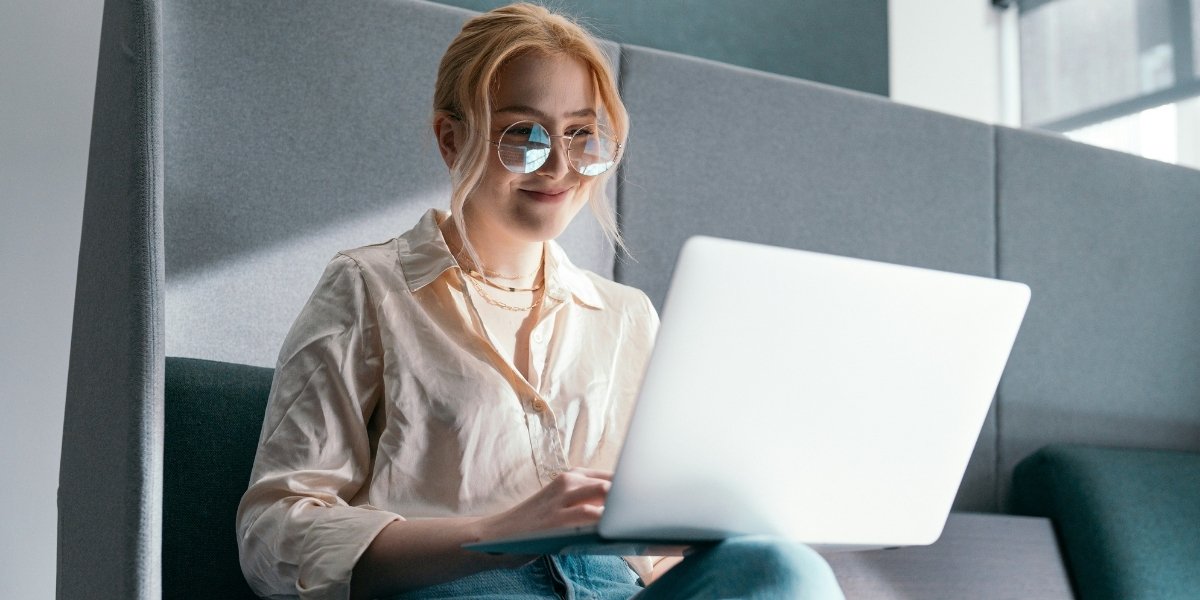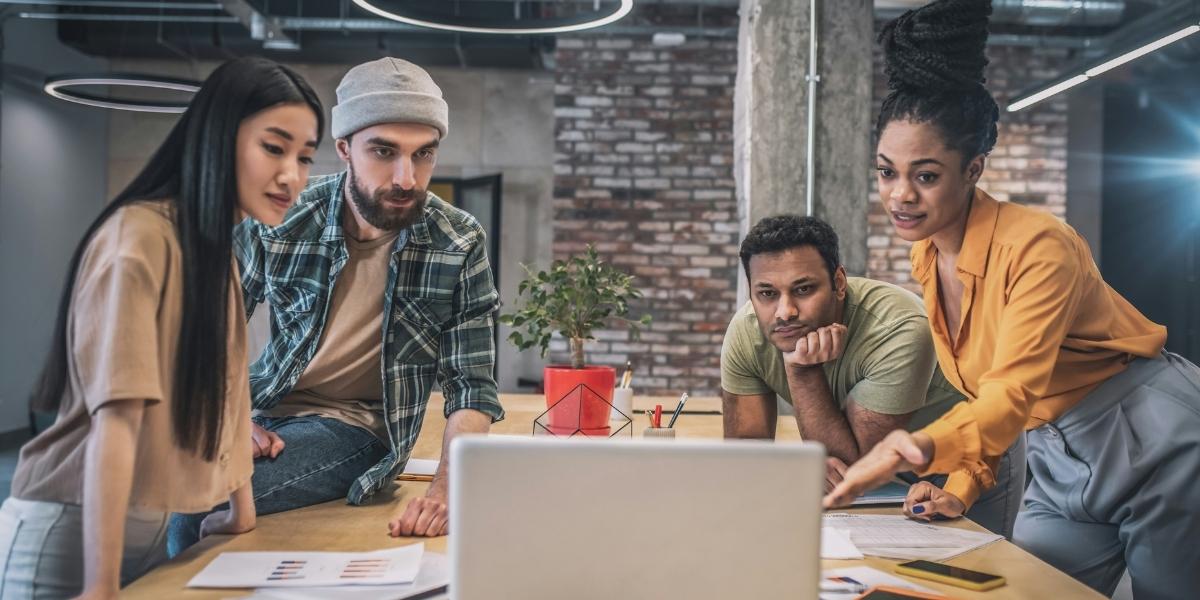By: Travis Hutton
Les Roberts: Bridging the Classical and Contemporary Art Worlds
Les Roberts is the Director of Miami Fine Art Gallery, a premier destination for collectors and art lovers seeking a blend of historical masterpieces and contemporary innovation. Based in Miami, Florida, he has spent over 15 years curating exhibitions highlighting the connections between the past and present.
Originally from New York City, Les was immersed in art from a young age, exploring renowned museums and galleries. His passion led him to study Art History and Business at New York University, where he developed a scholarly and market-driven understanding of fine art. A prestigious internship at Sotheby’s gave him hands-on experience in valuation, curation, and the intricacies of the global art market.
Since taking the helm at Miami Fine Art Gallery in 2008, Les has brought together works by Rembrandt, Picasso, Warhol, and Banksy, showing how classical influences remain alive in modern creativity. He believes art is not just for collectors—it’s for everyone who wants to connect with emotion, history, and innovation.
In this exclusive Q&A, Les shares his thoughts on the psychology of collecting, how technology is changing the art world, and why great art always tells a story.
What drives your passion for art and curation?
Art has always been my way of making sense of the world. It’s history, emotion, and storytelling wrapped into one. I was drawn to curation because it allows me to bring pieces together in a way that sparks connections—not just between the works themselves, but between the audience and the art. Seeing someone experience that moment of recognition, when they truly connect with a piece, never gets old.
How do you balance classical and contemporary works in your gallery?
I don’t see them as separate worlds. The ideal contemporary artists are deeply influenced by those who came before them. The techniques, themes, and emotional depth all trace back to classical traditions. Picasso wouldn’t have been without studying African art and classical masters like Velázquez. Banksy’s social commentary isn’t all that different from Goya’s dark explorations of power and corruption. When you put a Rembrandt next to a contemporary hyperrealist, you see the conversation happening across centuries. That’s what excites me.
Why do people collect art?
There’s always an emotional reason, even if someone starts thinking they’re buying for investment. Art resonates with something inside us—memories, identity, aspirations. Some people collect because a piece reminds them of a place or moment. Others are drawn to works that reflect their personality or challenge their perspectives. There’s also the thrill of discovery—finding that one piece that speaks to you.
What role does technology play in the future of art?
It’s expanding how we experience art, not replacing traditional methods—enhancing them. Virtual galleries let people explore exhibitions from anywhere in the world. Augmented reality helps collectors visualize pieces in their space before buying. AI is even changing the way art is created, but at its core, art is still about human emotion and expression. Technology is another tool, like oil paint in the Renaissance or photography in the 19th century.
What’s one misconception people have about fine art?
That it’s only for the elite, art has always been for the people. The great masters weren’t painting for collectors; they were painting to capture the human experience. Whether you’re looking at a Renaissance fresco or a modern street mural, the goal is the same—telling a story, making you feel something. You don’t have to be an expert to appreciate art. If it moves you, that’s enough.
What’s a piece of advice you give to first-time collectors?
Start with what you love. Don’t buy something just because it’s a good investment—buy it because you can’t stop thinking about it. Trends change, markets fluctuate, but the right piece will always have value to you. Also, take your time. The ideal collections are built over years, and they are not rushed.
What’s a personal habit that helps you in your work?
I walk through the space alone every morning, before the gallery opens. No emails, no distractions—just me and the art. It resets my focus and reminds me why I do this.
How do you handle creative blocks or feeling uninspired?
I go back to the classics. Whenever I feel stuck, I revisit works that inspired me in the first place. Whether it’s a Rembrandt portrait or a Rothko color field, I always find something new in them. Art can teach you different lessons depending on where you are in life.
What’s the ideal lesson you’ve learned in your career?
Listen more than you talk. Everyone has a unique perspective on art, whether it’s an artist, a collector, or a fellow curator. The more I listen, the more I learn. And the more I learn, the better I become at what I do.
If you could own any piece of art, what would it be?
That’s almost impossible to answer. But if I had to choose, I’d say a Caravaggio. His use of light, drama, and intensity is breathtaking. His paintings feel alive in a way that very few artists have ever been able to achieve.
Final Thoughts
Art is about connection. Whether it’s a centuries-old masterpiece or a digital piece created last week, it can move us and make us see the world differently. That’s what keeps me excited every day. There’s always something new to discover, another story waiting to be told.
Published by Jeremy S.










